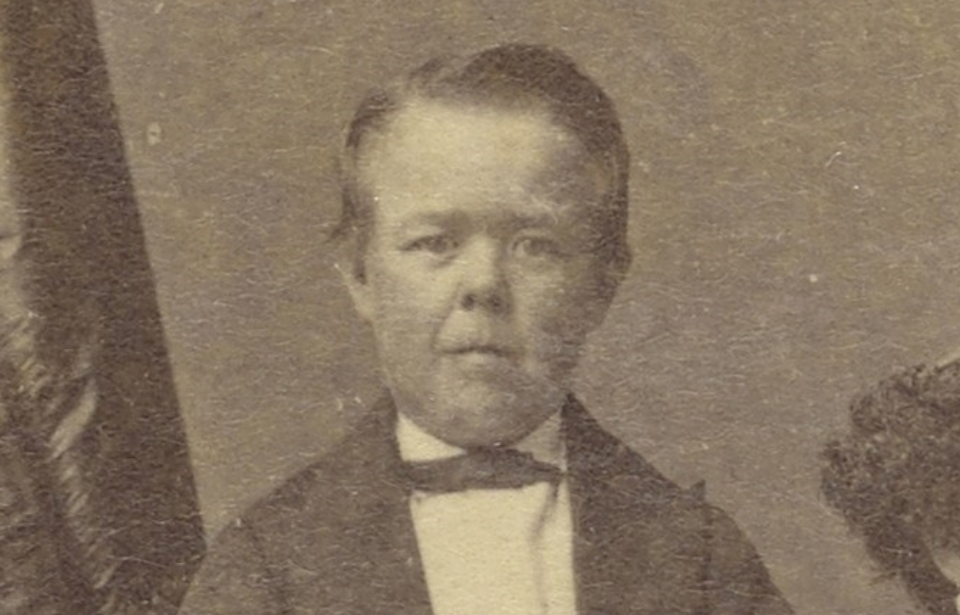When we think of historical figures who left their mark on the world, the name Commodore Nutt might not immediately come to mind. However, this diminutive entertainer, whose real name was George Washington Morrison Nutt, was a giant in the world of 19th-century show business. Standing at just over two feet tall, Commodore Nutt captivated audiences with his charm, wit, and talent, becoming one of the most beloved performers of his time.
The start of Commodore Nutt’s journey
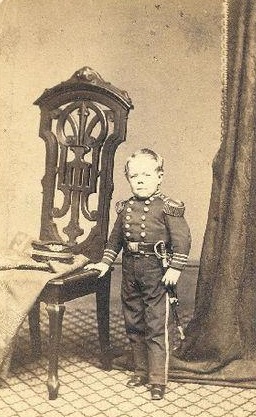
Born in New Hampshire in 1848, George Washington Morrison Nutt was the youngest of six children. From a young age, it was clear that George was different from his peers. His small stature, caused by a form of dwarfism, set him apart, measuring only 29 inches tall and only 25 pounds in weight. Beyond this, his family also recognized his bright personality and encouraged him to embrace his uniqueness. This caused him to pursue a career in entertainment.
A 13-year-old George caught the attention of the legendary showman P.T. Barnum, whom he met in 1861. Barnum was always on the lookout for unique talents to add to his roster and saw something special in George. He offered him a contract to join his American Museum in New York City. It was at this point that George adopted the stage name Commodore Nutt, a moniker that would soon become synonymous with entertainment and delight.
His rise to fame
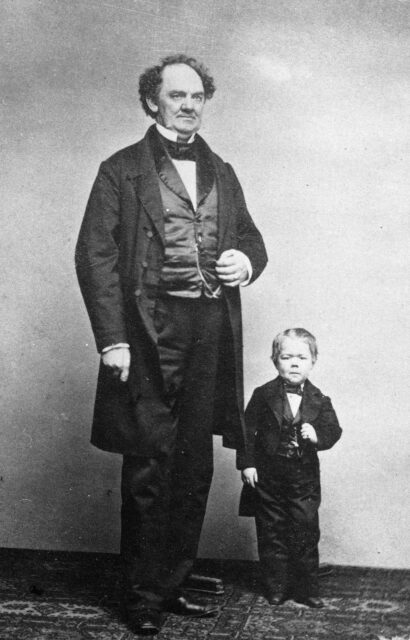
Commodore Nutt quickly became one of Barnum’s star attractions. His performances were a mix of humor, music, and theatrics, and he had a natural ability to connect with audiences. His small size only added to his appeal, making him a curiosity that people were eager to see. Commodore Nutt’s charm and talent helped to elevate Barnum’s American Museum to new heights of popularity.
During his time with Barnum, Commodore Nutt toured extensively, performing in cities across the United States and even making a trip to Europe. His performances were always well-received, and he became a household name. In his autobiography, Barnum wrote how Nutt was “a most remarkable dwarf, who was a sharp, intelligent little fellow, with a deal of drollery and wit. He had a splendid head, was perfectly formed, and was very attractive, and, in short, for a ‘showman’ was a perfect treasure.”
Commodore Nutt and P.T. Barnum shared a mutually beneficial relationship
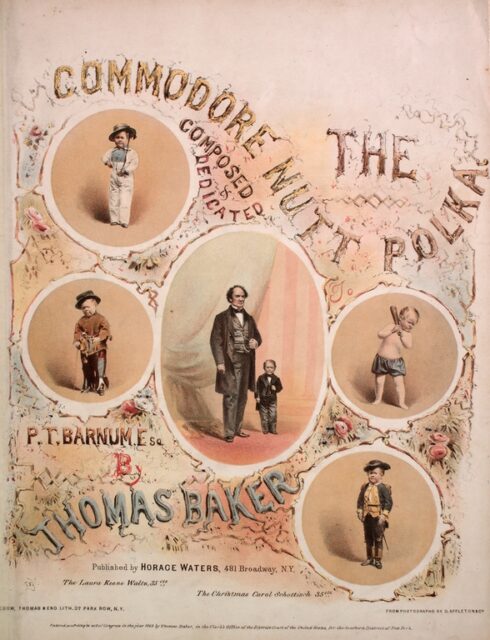
The relationship between Commodore Nutt and P.T. Barnum was one of mutual benefit. As per his contract, Barnum provided Nutt with a salary, lodging, food, and education, while Nutt’s performances brought in significant revenue for Barnum’s enterprises. The two men shared a close bond, and Barnum often referred to Nutt as one of his favorite performers.
Barnum’s promotional genius played a significant role in Commodore Nutt’s success. He had him jaunt around town in a specially made carriage shaped like an English walnut and claimed to have paid $30,000 to get Nutt to sign a contract. This made Nutt a hot commodity and bolstered the public’s anticipation to see his performance.
His personal life beyond the stage
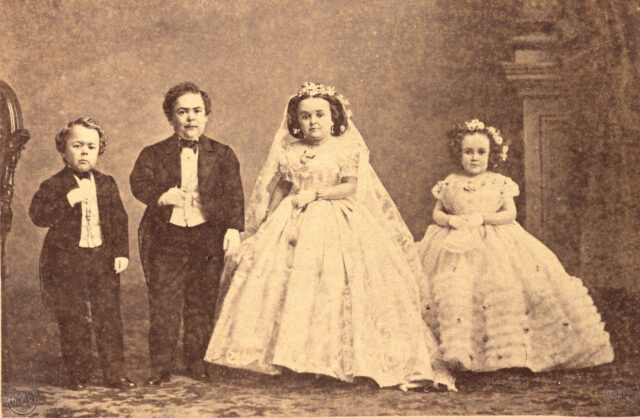
While Commodore Nutt’s professional life was filled with excitement and acclaim, his personal life was more private. When he was just a young man, another dwarf was hired by Barnum to join his museum. Her name was Lavinia Warren and Nutt quickly developed a crush on her. However, she was almost seven years his senior and regarded him as a “nice little boy.” Despite his admiration for her, she went on to marry his rival, General Tom Thumb, who had also been working for Barnum.
Barnum tried to set Nutt up with Lavinia’s sister, Minnie Warren, who was significantly smaller than Lavinia. The duo had even served as best man and bridesmaid at Tom Thumb and Lavinia’s wedding. However, despite several reports that the two had gotten hitched, they never did marry. They simply remained good friends. Instead, Nutt married a woman named Miss Lilian Elston, who was not a dwarf.
Commodore Nutt’s later years
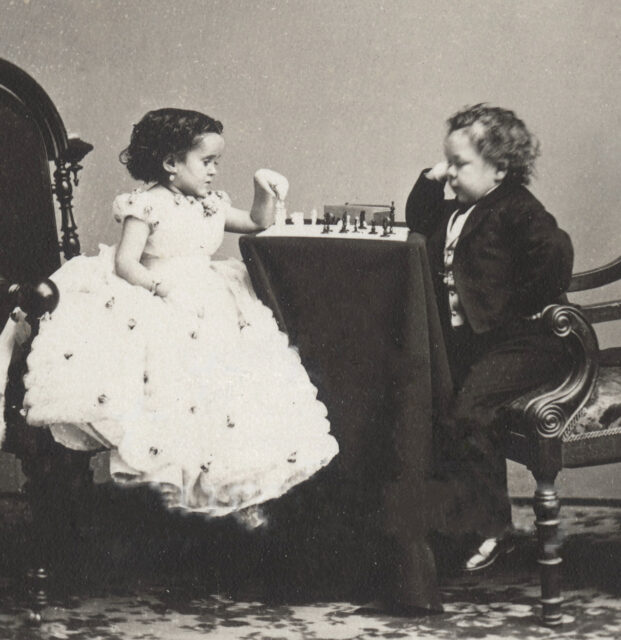
Nutt quit performing for Barnum after his return from The Tom Thumb Company’s world tour from 1869 to 1872. Following this, he and his dwarf brother, Rodnia Jr., attempted to put together their own variety show. However, this was the first of a string of unsuccessful attempts at putting on his own shows along the West Coast. He soon gave up and moved back to New York City.
Here, he purchased a saloon for himself and operated the business illegally, as he never acquired a license to sell liquor. This eventually caught up to him, as the New York City courts ultimately shut his saloon down. Not long after this, his health began to decline. In 1881, he suffered from an attack of Bright’s disease and was sick for more than two months as a result. He passed away on May 25 of that same year and was buried in Merrill Cemetery in Manchester, New Hampshire.
Remembering a true show business icon
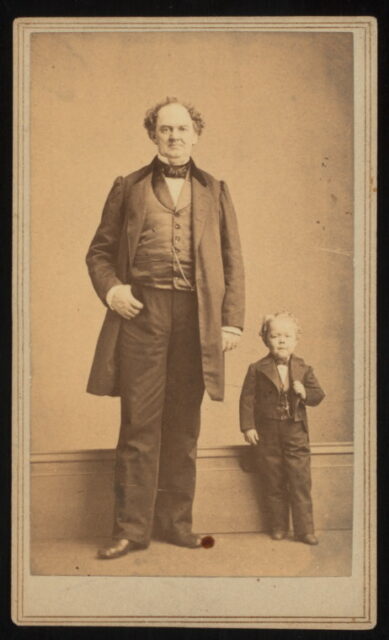
At the time of his death, Nutt measured 43 inches and weighed just under 70 pounds, meaning he had grown (but not by much) since he was first discovered by Barnum. His wife mourned the loss of her husband deeply, throwing herself onto his coffin and crying at his funeral. She, like many others, shared the sentiment that he was a “good” man.
More from us: Kelsey Grammer Has Suffered Through Unimaginable Tragedies In His Life
The life and career of Commodore Nutt serve as a fascinating chapter in the history of entertainment. From his humble beginnings in New Hampshire to his rise to fame under the guidance of P.T. Barnum, Nutt’s legacy lives on, reminding us that true greatness comes in all shapes and sizes. Commodore Nutt may have been small in stature, but his impact on the world of entertainment was truly monumental.
Join The Vintage Newsletter community today and unlock a treasure trove of weekly curated content, exploring nostalgia, history, and fascinating facts from the past.
